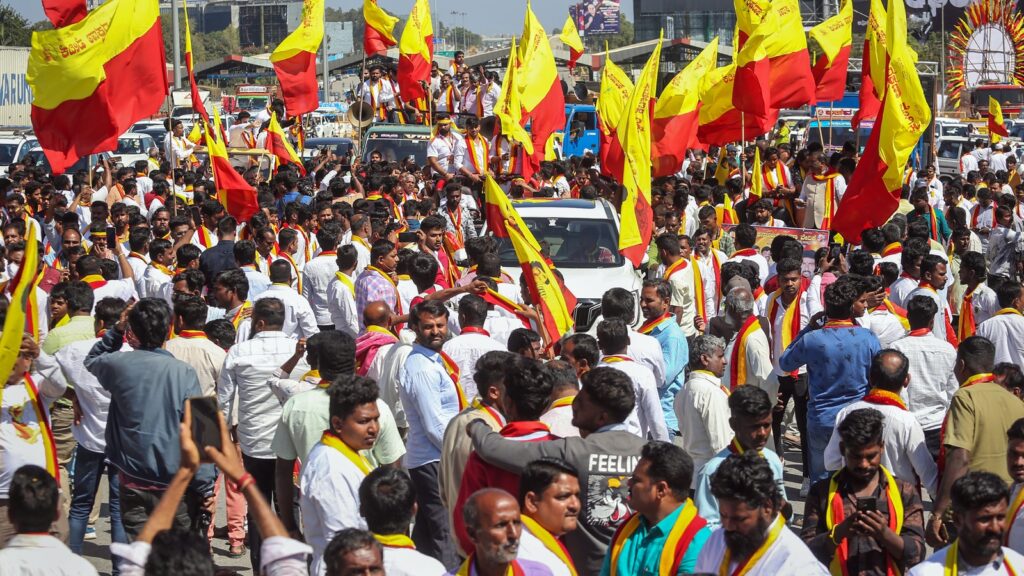2023 ended with self-proclaimed pro-Kannada groups running riot in Bengaluru. This is neither the first, nor will it be the last, act of political violence in the name of language. Politics and political violence in the name of language dates back to pre-Independence India and has been far more turbulent in states such as Assam and Tamil Nadu. Still, it would be prudent to not dismiss the Bengaluru violence as inconsequential. The best way to see the recent violence in Bengaluru is to understand it in the wake of uneven and potentially disenfranchising (for the native population) economic development in certain parts of the country with the unleashing of economic reforms. Cities such as Bengaluru, which have emerged as the epicentre of the new economy in India’s post-reform phase, have transformed in ways that have rendered them unrecognisable from what they were three decades ago, not just in material but also in cultural terms. An HT analysis of the 2011 Census data shows that Bengaluru is now the second biggest urban centre in India (after Mumbai), where native language speakers are in the minority. While the 2011 Census figures are dated and we do not have any data to ascertain the extent of economic othering of the native population, anecdotal evidence suggests that it is significant. Mobilisations around language could well be a proxy for the economic angst of the local population that has been left out in this rapid but unequal growth process.
To be sure, it would be a mistake to think of migration as only an engine of economic othering for the native population. The economies of almost all of India’s prosperous states, especially in the South, would run into serious trouble, if they did not have access to cheap blue-collar workers from the poorer, more populous and younger North India. This is a trend that is only going to become bigger and it is natural to expect that a significant part of this migrant workforce will eventually settle in places where they have moved to work. This is bound to lead to changes in the socio-political landscape as well. While the connection might not be obvious to a lot of people, one of the biggest examples of this kind of change is the national Capital Delhi where the “Purvanchali” (eastern Uttar Pradesh and Bihar) population has become a huge political constituency and is central to the making or breaking of political fortunes.
Of course, the assimilation challenge for migrants, both rich and poor, in other parts of India such as the South, is much bigger because of linguistic barriers. India’s turbulent past in Assam shows that unmitigated linguistic chauvinism, when used as an alibi for failures to deliver equitable development, has only led to destruction. We would do well to draw the right lessons from these experiences.
After the GST rollout, the Indian economy is more unified at the national level than it ever was. The difference in regional trajectories of demography and economic growth means there are natural incentives for people to migrate across states. Our political leadership, both at the national and state level, must ensure that politics works as an engine to make this process smooth and mutually beneficial. Facilitating the cultural assimilation of migrants and ensuring that neither they nor the native population feels economically exploited is the only way to do it. National interest dictates that we must do it.
Continue reading with HT Premium Subscription
Daily E Paper I Premium Articles I Brunch E Magazine I Daily Infographics


